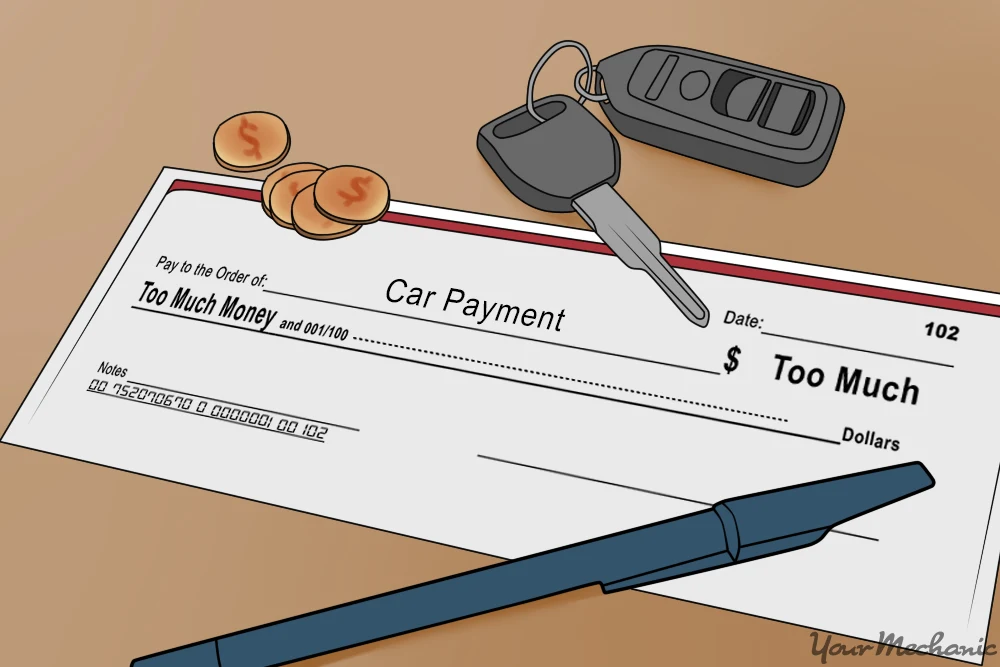Efficient fleet management is crucial for businesses that rely on transportation, logistics, or delivery services. One of the biggest challenges in maintaining a fleet of vehicles is managing the costs associated with regular servicing, repairs, part replacements, and unexpected breakdowns. To stay operational without draining working capital, many companies turn to bank loans for vehicle fleet maintenance. These loans provide a structured financial solution to ensure fleet readiness while maintaining cash flow stability.
In this comprehensive guide, we break down how to effectively leverage bank loans to manage fleet maintenance, including types of loans available, how to apply, and financial strategies for long-term benefit.
Why Fleet Maintenance Matters
Fleet maintenance is not just about keeping vehicles on the road—it impacts:
- Safety of drivers and goods
- Fuel efficiency
- Vehicle lifespan
- Compliance with regulations
- Operational downtime and delivery schedules
Delaying or avoiding maintenance leads to higher long-term costs, frequent breakdowns, and lower client satisfaction. That’s why financing your fleet maintenance through bank loans is often a strategic move for long-term success.
Types of Bank Loans Suitable for Fleet Maintenance
1. Business Term Loans
These are fixed-amount loans offered for specific business needs, including fleet maintenance. They come with fixed repayment schedules, typically over 1 to 5 years.
Benefits:
- Lump-sum disbursal for immediate use
- Predictable monthly payments
- Competitive interest rates (especially for established businesses)
2. Equipment Loans
Banks consider fleet vehicles as business equipment. You can use equipment loans to finance major repair work, parts replacement, or refurbishment of existing vehicles.
Benefits:
- Loans backed by vehicle assets
- Lower interest due to reduced risk for the bank
- Tax benefits on interest and depreciation
3. Working Capital Loans
These short-term loans help manage day-to-day operational expenses, including vehicle maintenance costs.
Benefits:
- Flexible usage
- Quick disbursement
- Useful for handling seasonal or sudden maintenance costs
4. Business Lines of Credit
A revolving line of credit allows you to borrow funds as needed, ideal for ongoing or unexpected maintenance expenses.
Benefits:
- Interest charged only on the amount used
- Reusable credit limit
- Great for long-term maintenance planning
How to Use Bank Loans for Fleet Maintenance Strategically
Step 1: Evaluate Your Fleet Maintenance Costs
Start by analyzing your past and projected maintenance expenses. Include:
- Routine servicing
- Tire and brake replacement
- Engine overhauls
- Spare parts
- Emergency repairs
- Downtime losses
A well-defined maintenance budget will help you determine the loan amount required.
Step 2: Choose the Right Loan Type
Align the loan type with your maintenance needs:
- One-time major repairs → Business Term Loan or Equipment Loan
- Seasonal or recurring maintenance → Working Capital Loan or Line of Credit
Choose a loan product that matches the cash flow and repayment capacity of your business.
Step 3: Prepare Documentation
Most banks require the following:
- Business financial statements (last 1–2 years)
- Tax returns
- Fleet maintenance cost estimates
- Business registration and licenses
- Vehicle ownership documents
- Bank statements
Accurate documentation increases your approval chances and may result in better loan terms.
Step 4: Apply and Use Funds Wisely
Apply online or at a bank branch. Once approved, disburse funds toward planned maintenance work only. Work with trusted mechanics or authorized service centers to ensure quality work that extends vehicle lifespan.
Benefits of Using Bank Loans for Fleet Maintenance
1. Preserves Cash Flow
Instead of paying large maintenance bills out of pocket, you can distribute costs over several months, keeping your working capital intact for other priorities.
2. Reduces Downtime
Promptly funding urgent repairs minimizes vehicle downtime, ensuring operational continuity and customer satisfaction.
3. Access to Quality Service
Having secured funds allows you to choose authorized or premium service providers, improving vehicle performance and longevity.
4. Tax Deductibility
Interest paid on business loans is often tax-deductible, reducing your effective maintenance cost.
5. Builds Business Credit
Timely repayments improve your credit profile, making it easier to secure larger or more favorable loans in the future.
Common Mistakes to Avoid
- Underestimating maintenance costs – Always include a buffer for emergency repairs.
- Using short-term credit for long-term needs – Match loan tenure with the lifespan of the service you’re funding.
- Ignoring interest rates – Compare different banks and loan products to avoid overpaying.
- Lack of repayment planning – Ensure your business has enough monthly income to manage EMIs without disrupting operations.
Tips for Long-Term Fleet Maintenance Financing
- Set up a fleet maintenance schedule and align it with loan repayment cycles.
- Use fleet management software to track maintenance needs, costs, and vehicle health.
- Reinvest savings from reduced downtime into your loan repayments to clear debt faster.
- Consider bulk service contracts and use loan funds to prepay for discounted maintenance packages.
Is a Bank Loan the Right Choice for Your Business?
Bank loans are ideal if:
- You have multiple vehicles and predictable maintenance needs
- Your business lacks sufficient cash reserves
- You prefer structured repayment instead of ad hoc spending
- You want to maximize uptime and vehicle performance
If your fleet is small or maintenance costs are minimal, other options like a business credit card or vendor credit may be more cost-effective.
Conclusion
Maintaining your fleet is non-negotiable, but it doesn’t have to be a financial burden. By using bank loans for vehicle fleet maintenance, you gain access to timely funding, structured repayment, and better resource planning. Whether it’s for routine servicing or major repairs, a well-chosen loan can keep your fleet operational, your customers satisfied, and your business moving forward.
